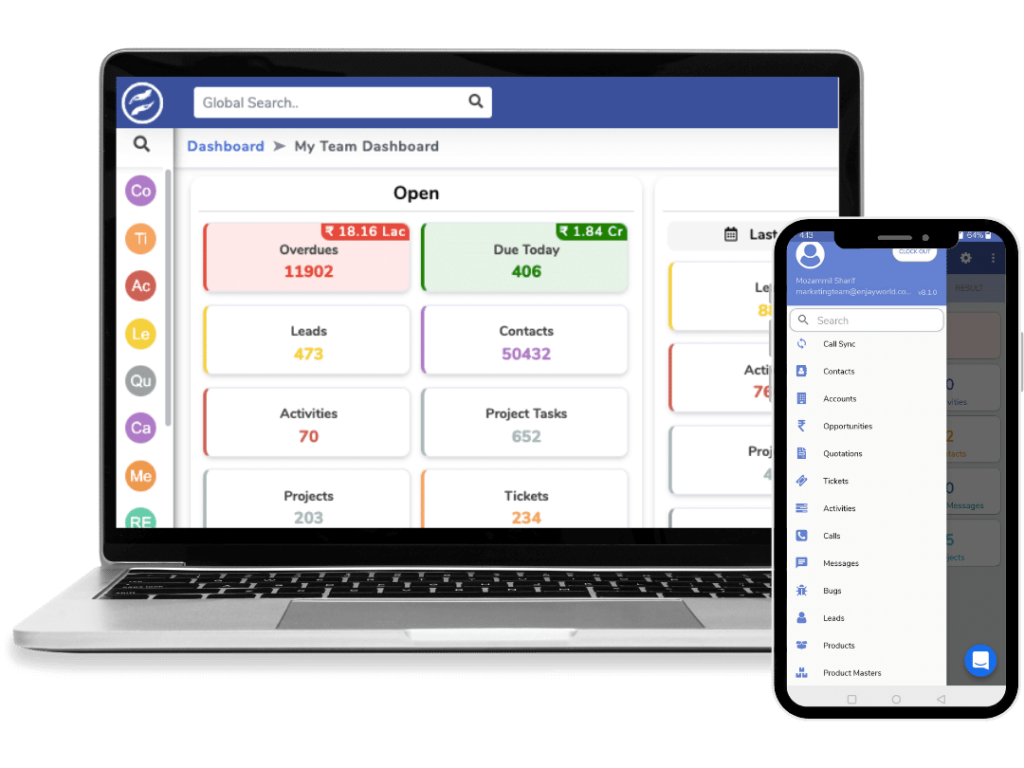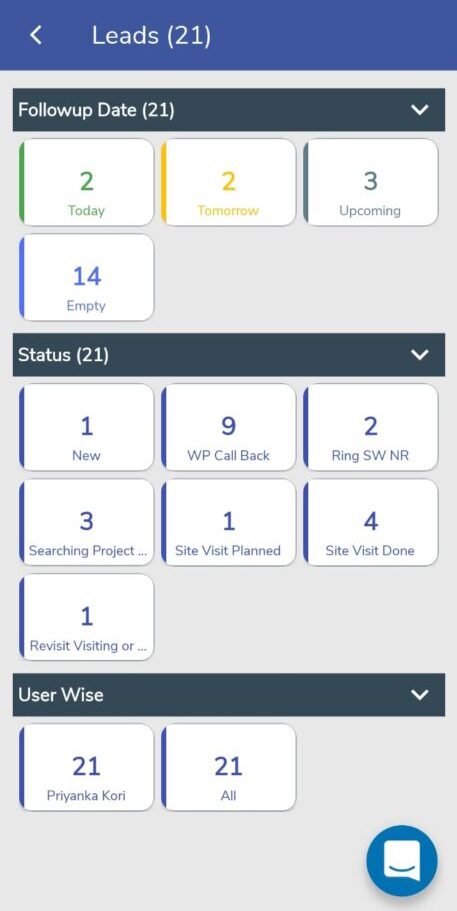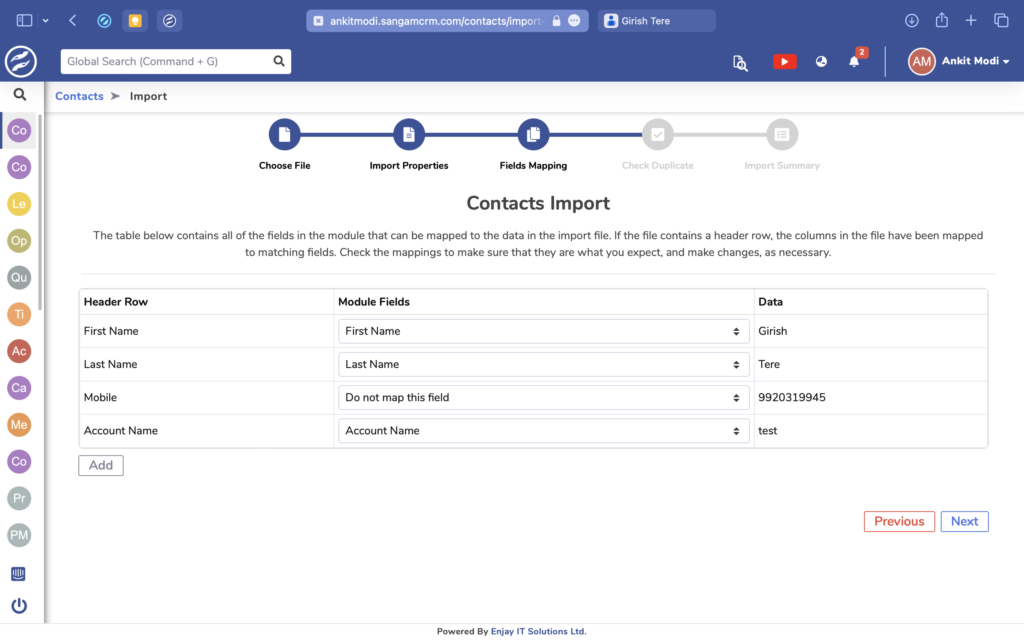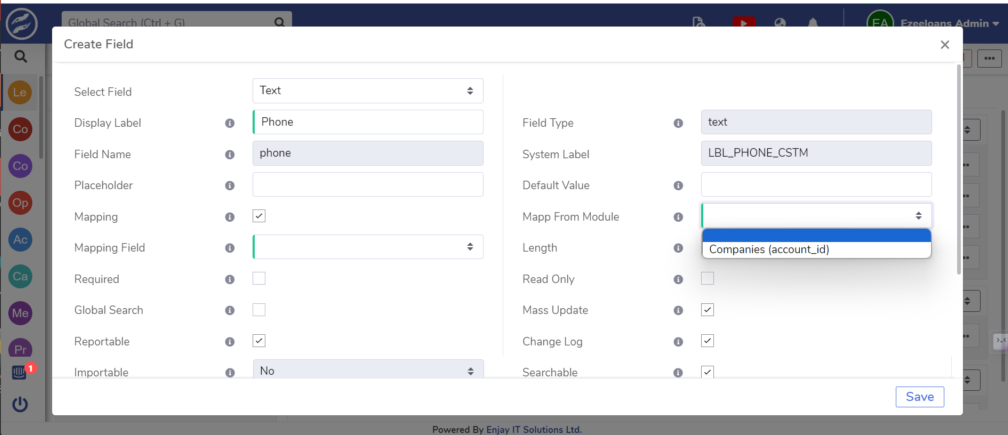Introduction
The shipping industry operates within a landscape of complex logistics, diverse client needs and intricate operational processes. Efficient management of these aspects is crucial for the smooth functioning of a shipping company. Recognizing these challenges, Tetra CRM was implemented to provide a robust solution tailored to the unique demands of the shipping sector. This project focused on enhancing data management, streamlining communication and improving tracking and reporting capabilities, ultimately fostering better customer relationships and operational efficiency.

Project Overview
Objectives
- Improve Data Management and Accessibility: Ensure that all critical information related to contacts, companies and opportunities is accurately captured and easily accessible.
- Streamline Sales and Communication Processes: Simplify and standardize the process of sales interactions and communication with clients and partners.
- Enhance Tracking and Reporting of Activities: Provide detailed insights into sales activities, employee performance and overall operational health.
- Integrate Various Communication Channels: Unify different communication methods into a single platform for better tracking and efficiency.
- Provide a User-Friendly Interface: Design a system that is easy for the team to navigate, ensuring quick adoption and effective use.

Project Components
1. User’s Fields
The implementation began with the customization of fields to capture specific user information that is essential for the shipping industry. This customization ensured that Tetra CRM could accommodate the particular data points needed for efficient operation within the sector, such as shipping terms, client preferences and logistical requirements.
2. Contact Details Fields
To manage and track all interactions with clients, partners and other stakeholders, detailed fields were added to the contact module. This allowed the team to maintain a comprehensive record of communications, ensuring that all relevant information is captured and readily accessible for future reference.
3. Company Details Fields
The company module was enriched with comprehensive fields to capture all necessary information about each company. This included data such as company size, industry focus and historical interactions. The enhanced company module provided a holistic view of each client’s relationship with the business, facilitating more informed decision-making.
4. Enquiry Details Fields
Fields for managing inquiries were integrated into the CRM, allowing the team to efficiently track and respond to potential leads and client questions. This component was crucial for maintaining a pipeline of potential business opportunities and ensuring that no lead was neglected.

5. Vendor Quotation Template
A standardized template for vendor quotations was developed to facilitate quick and accurate quote creation. This template ensured consistency across all quotations, making it easier to manage and track pricing and service offerings.
6. Quotation Line Item
The quotation module was enhanced with detailed line items, allowing for a precise breakdown of costs and services. This transparency helped build trust with clients and made it easier for the team to manage financial aspects of the sales process.
7. Sales Calls Standard Recording and Reporting
A system for the standard recording and reporting of daily sales calls was implemented. This provided the team with a clear view of sales activities and performance, allowing management to monitor progress and identify areas for improvement.
8. Call Logging Process
To ensure that all communications were tracked and accessible, a call logging process was integrated into Tetra CRM. This feature captured all incoming and outgoing calls, providing a complete communication history that could be referenced at any time.

9. Inbound and Outbound Email Integration
The CRM was configured to handle both inbound and outbound emails, allowing all email communications to be logged and associated with the relevant contacts and companies. This integration streamlined communication processes and ensured that all correspondence was properly documented.
10. SMTP Configuration
SMTP configuration was set up to enable the sending of emails directly from Tetra CRM. This feature eliminated the need for external email clients, making communication more efficient and centralized.
11. Contact Data Import
A bulk import of contact data was conducted to ensure that all relevant contact information was available in the CRM from the start.
12. Company Data Import
Company data was imported to provide a comprehensive view of all client and partner companies within the CRM.
13. Product Master Data Import
Product master data was imported to allow for accurate and efficient creation of quotations and management of services offered.
14. Quotation Setting Changes
Adjustments were made to the quotation settings to ensure that they aligned with the specific needs of the shipping sector. This included incorporating shipping terms and conditions, which are crucial for accurate and legally compliant quotations.

15. Company Data Import
Company data was imported to provide a comprehensive view of all client and partner companies within the CRM.
16. Product Master Data Import
Product master data was imported to allow for accurate and efficient creation of quotations and management of services offered.
17. Quotation Setting Changes
Adjustments to quotation settings were made to ensure they align with the specific needs of the shipping sector, such as incorporating shipping terms and conditions.
18. Lead Module DropDown Changes
Dropdown options in the lead module were customized to include specific lead sources and types relevant to the shipping industry.
19. Contact Module DropDown Changes
Dropdown options in the contact module were tailored to capture specific contact types and roles within shipping companies.
20. Company Module DropDown Changes
Company module dropdowns were customized to include industry-specific categories and types.
21. Opportunity Module DropDown Changes
Opportunity module dropdowns were adjusted to reflect the various stages and types of opportunities unique to the shipping sector.

22. Opportunity Details Fields
Fields specific to opportunity details were added to capture all relevant information for tracking and managing potential business opportunities.
23. Walkthroughs of Master Data Screens
Walkthroughs of master data screens for leads, accounts, contacts, companies, opportunities, quotations and product masters were conducted to ensure all team members were familiar with the system and its functionalities.
24. Dashboard: Employees’ Activity
A dashboard was implemented to display employees’ activities, providing an overview of daily operations, performance metrics and key indicators.

Tetra in CRM Implementation
Improved Data Management
The introduction of detailed fields and bulk data imports significantly enhanced data management within the CRM. All relevant information was captured and easily accessible, reducing the time spent searching for data and increasing overall efficiency.
Streamlined Processes
The integration of call logging and email functionalities streamlined communication processes, allowing the team to focus on more strategic tasks rather than getting bogged down in administrative work. The standardized templates and customizable fields also contributed to a more organized and efficient workflow.
Enhanced Tracking and Reporting
The standard recording and reporting of sales calls, combined with detailed dashboards, provided valuable insights into operations and performance. These tools enabled management to make data-driven decisions, improving the overall effectiveness of the team.
User-Friendly Interface
The customized dropdowns and fields tailored to the shipping sector made Tetra CRM intuitive and easy to use. This user-friendly interface facilitated quick adoption by the team, ensuring that they could maximize the CRM’s potential from the start.
Conclusion
The implementation of Tetra CRM in the shipping sector has brought about significant improvements in data management, operational efficiency and customer relationship management. By tailoring the system to the specific needs of the industry, the team now has a robust and efficient tool that supports their efforts in delivering exceptional service to clients and achieving business goals. The enhanced tracking, communication and reporting capabilities have positioned the company to better navigate the complexities of the shipping industry, ensuring sustained growth and success.











